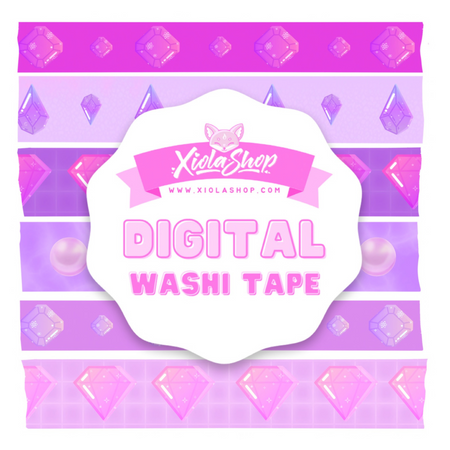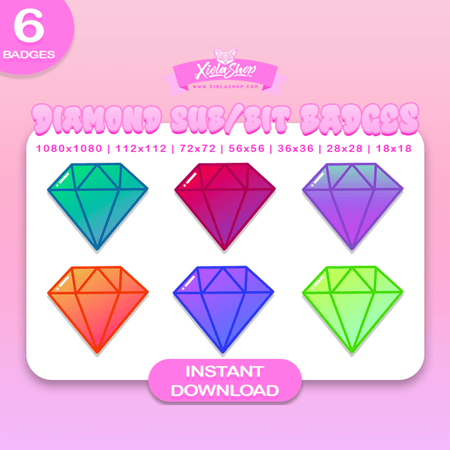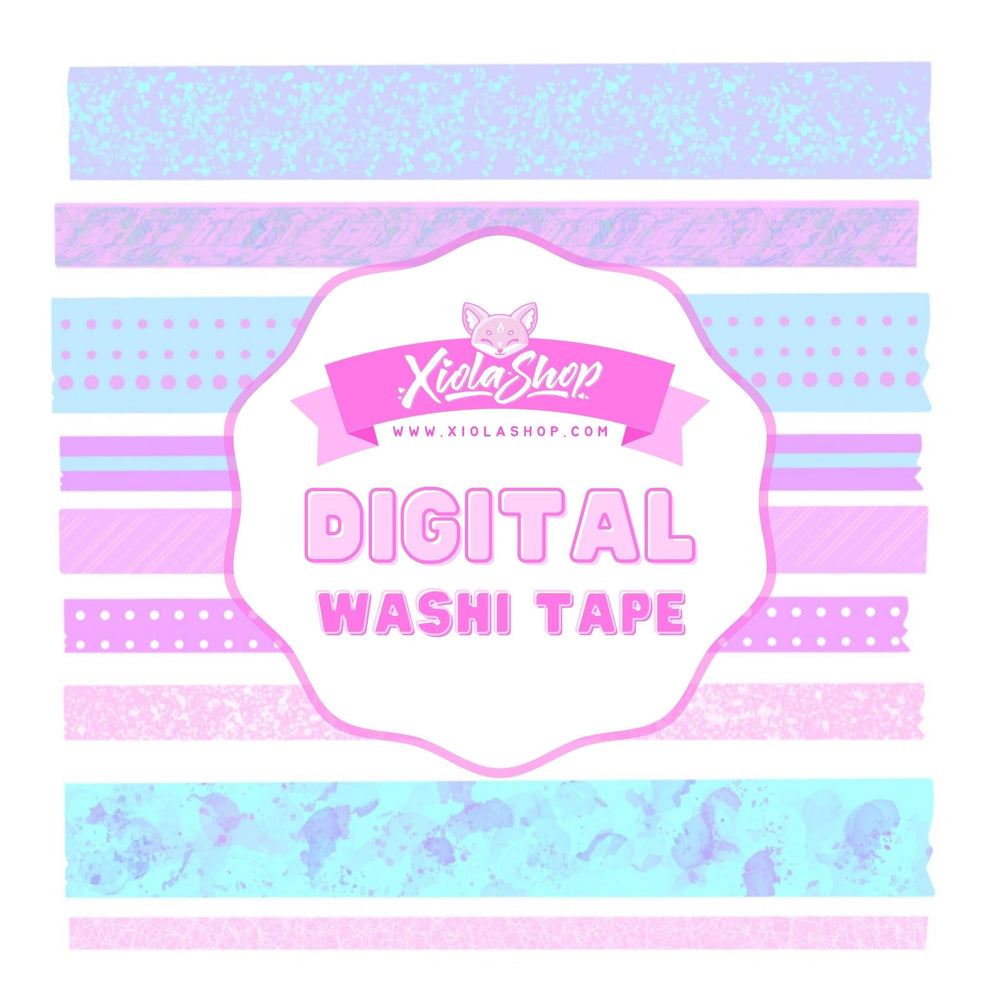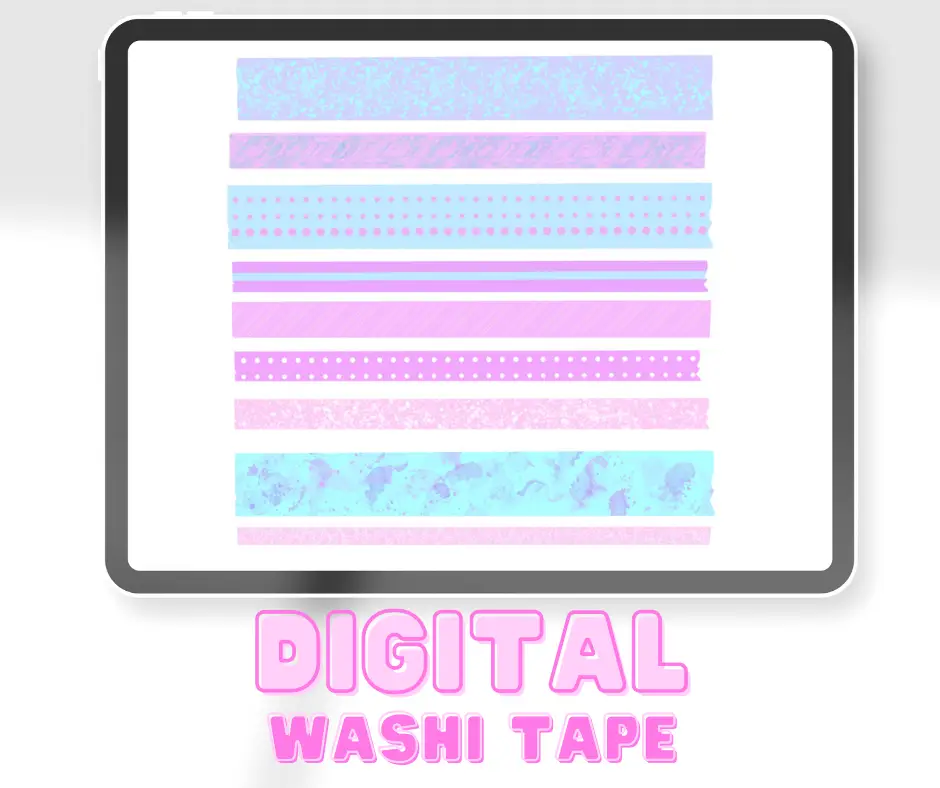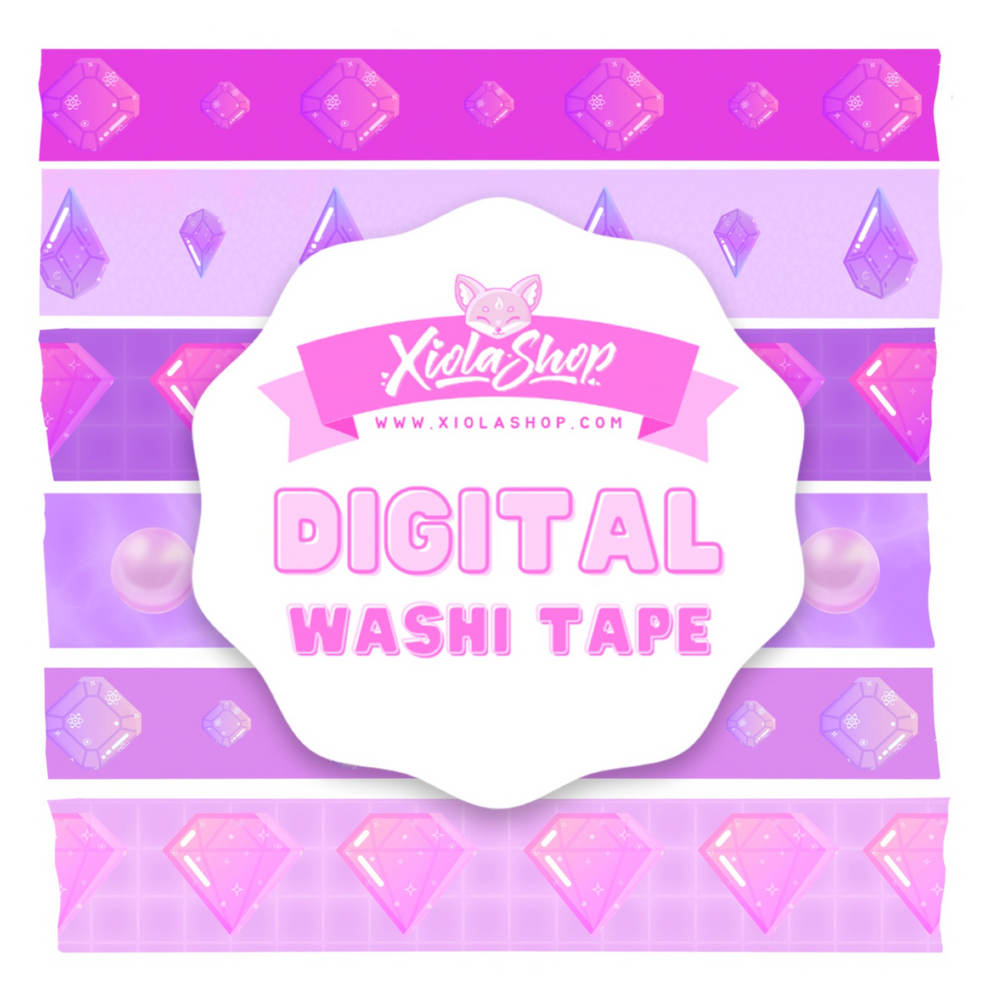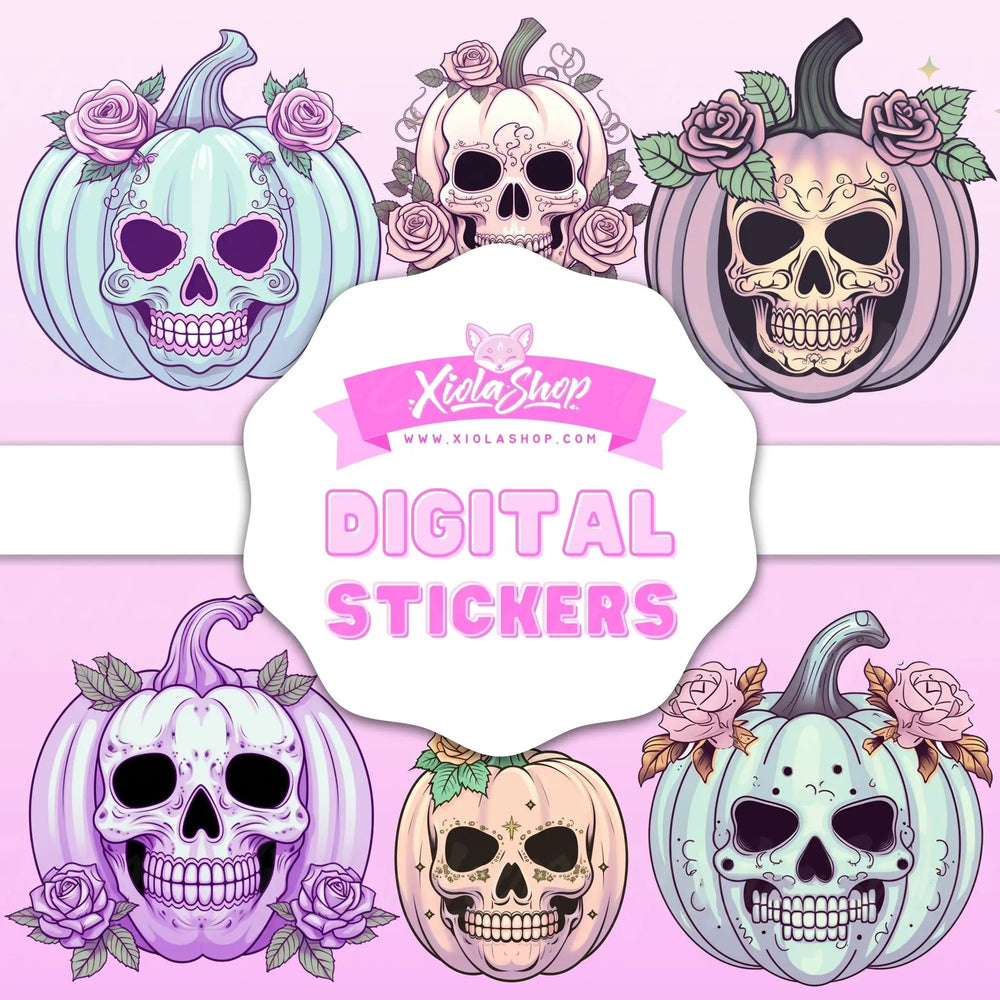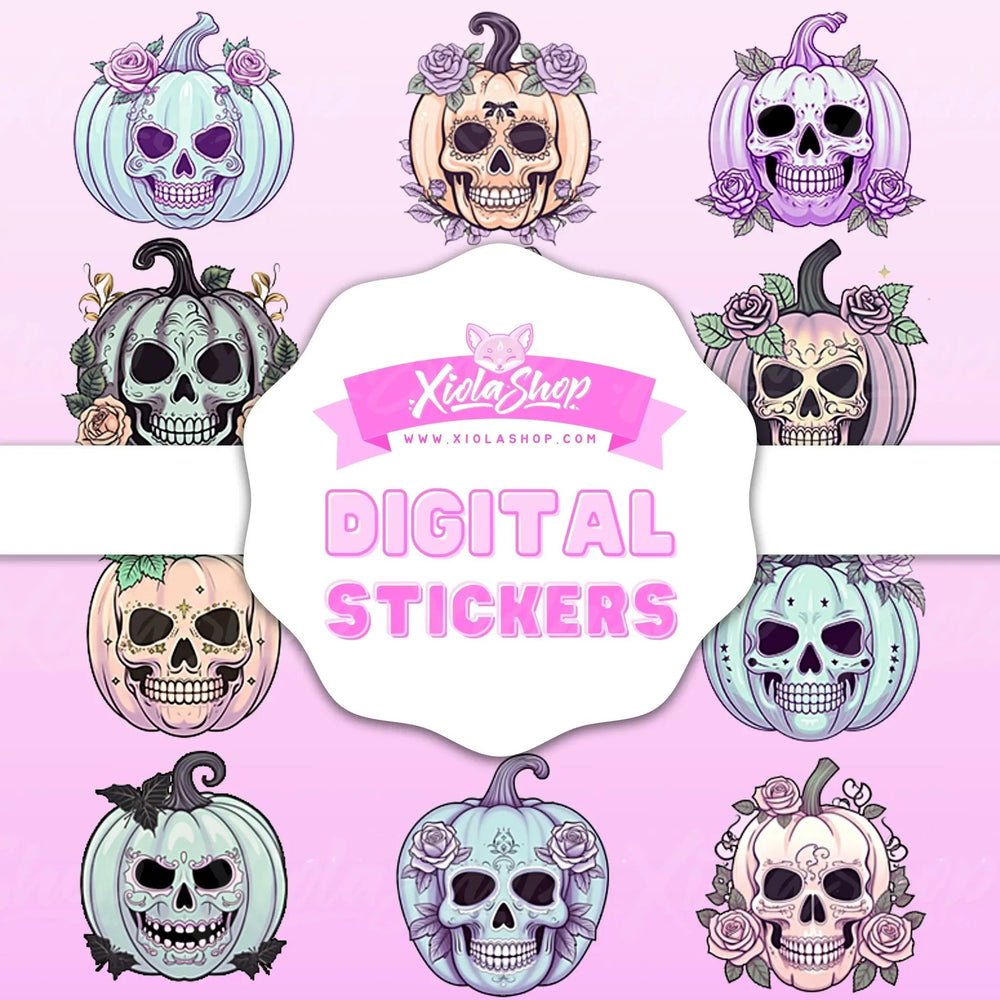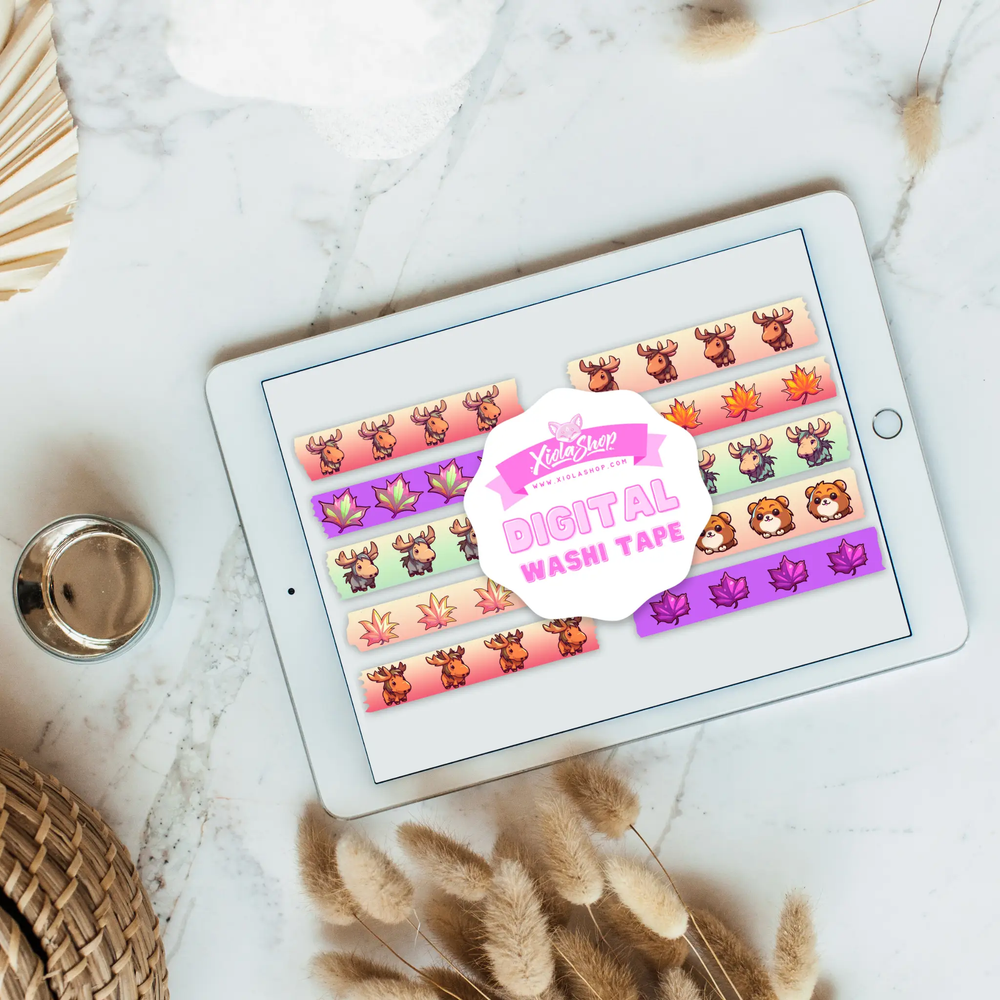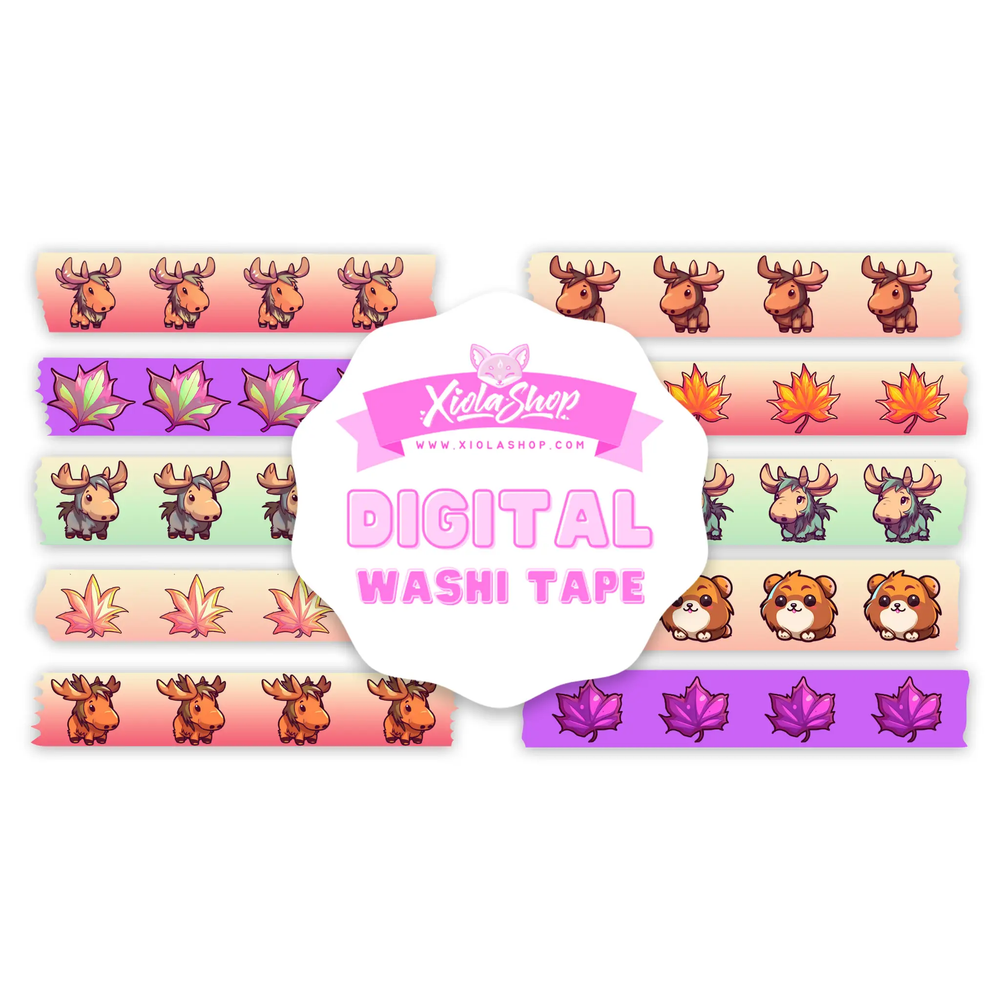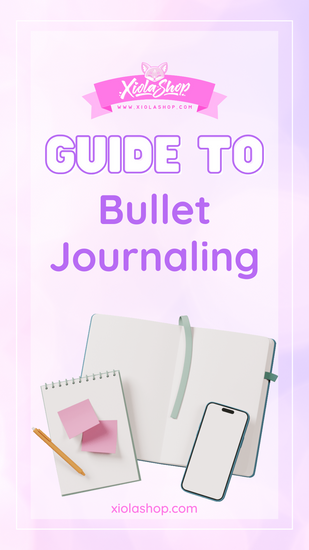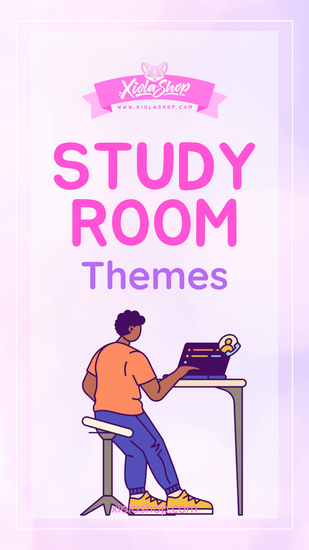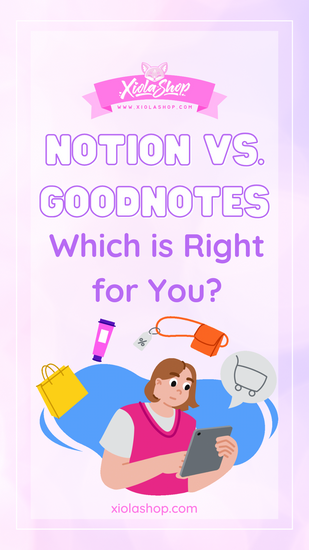5 Must-Have Tools for Aspiring Digital Artists
~ Digital art is your gateway to crafting vibrant worlds, iconic characters, and breathtaking scenes—think of it as your own personal "Studio Ghibli" in the making. Whether you're just starting your journey or you're ready to take it to the next level, having the right tools is like wielding a Master Sword: you need them to unlock your true potential. Let’s dive into five essential tools that will power up your creative quests.
Digital art is your gateway to crafting vibrant worlds, iconic characters, and breathtaking scenes—think of it as your own personal "Studio Ghibli" in the making. Whether you're just starting your journey or you're ready to take it to the next level, having the right tools is like wielding a Master Sword: you need them to unlock your true potential. Let’s dive into five essential tools that will power up your creative quests.
1. A Reliable Drawing Tablet
Picture yourself as Light Yagami with the Death Note, but instead of writing names, you’re sketching out the universe you’ve always dreamed of. A drawing tablet is the ultimate tool for translating your imagination into stunning digital art. Here’s what to look for:
- Pressure Sensitivity: The higher the levels (e.g., 8,192), the more precise your strokes—essential for creating everything from delicate sakura petals to bold mecha lines.
- Screen vs. Non-Screen Tablets: Screen tablets like the Wacom Cintiq let you draw directly on the display for a seamless experience, while non-screen tablets like the Wacom Intuos are great for beginners.
- Size: Think about your workspace and style—are you a minimalist like Shikamaru or do you need room to sprawl like Luffy?
Popular Options:
- Wacom Cintiq Series
- Huion Kamvas Pro
- XP-Pen Artist Pro
Why You Need It:
A drawing tablet gives you the precision of creating traditionally while offering the versatility of digital art—the perfect fusion, much like alchemy in "Fullmetal Alchemist."
2. Powerful Digital Art Software
Software is the digital artist’s "NerveGear," transporting you to limitless creative worlds. Choosing the right one is key to crafting your magnum opus. Here are some standout options:
- Procreate: For iPad wielders, this is your Excalibur. It’s intuitive, powerful, and comes with an arsenal of brushes.
- Clip Studio Paint: The go-to for manga artists—ideal for anyone looking to create their own "Attack on Titan"-style masterpiece.
- Krita: A free and open-source hero that’s as reliable as Tanjiro’s dedication to Nezuko.
- Affinity Designer: A budget-friendly, one-time purchase that blends vector and raster design perfectly—great for those looking to channel their inner Sailor Moon.
Tips for Choosing Software:
- Identify your style: Comics, painting, or something experimental?
- Match it to your device: Not all software runs equally well on every system.
- Budget: Free tools like Krita and Medibang Paint are powerful options to start your journey.
Why You Need It:
With the right software, you’re not just drawing; you’re summoning entire worlds, much like "Sword Art Online" brings fantasy to life.
3. A High-Performance Computer or Tablet
When it comes to digital art, lag is your ultimate villain. Equip yourself with a system that can keep up with your "Dragon Ball Z"-level power-ups. Here’s what you need:
- Processor (CPU): At least an Intel i5 or equivalent; go for an i7 or AMD Ryzen 7 if you’re working with heavy-duty files.
- Graphics Card (GPU): A dedicated GPU, like NVIDIA GTX 1650 or higher, ensures smooth rendering of your "Demon Slayer"-worthy scenes.
- RAM: 16GB is the sweet spot for multitasking and large files.
- Storage: SSDs are like the teleportation jutsu of storage—fast and efficient.
Tablet Options:
- iPad Pro with Apple Pencil
- Microsoft Surface Pro
- Samsung Galaxy Tab S8
Why You Need It:
Your device is your "Mecha," powering you through battles with high-resolution canvases and complex layers.
4. A Library of Custom Brushes and Textures
You wouldn’t fight a titan without a 3D maneuver gear, so why approach digital art with only default brushes? Custom brushes and textures are your secret weapons for bringing depth and personality to your work.
Where to Find Brushes:
- Free Resources: Gumroad and DeviantArt are treasure troves for free packs.
- Paid Collections: Many artists sell their signature brushes, which can help you recreate the look of traditional mediums.
- Independent Creators: Support your fellow artists by buying unique brushes on Etsy or Ko-fi—think of it as forming your own "Akatsuki" squad of tools.
Tips for Using Brushes:
- Organize into categories: Keep brushes for foliage, skin textures, and effects sorted for easy access.
- Experiment with opacity and blending modes: This is your "Chidori" technique for adding life to your art.
- Don’t underestimate textures: They can transform flat areas into visually stunning "Danganronpa" backdrops.
Why You Need It:
Custom brushes give you the flexibility to mimic traditional styles while infusing your art with a unique flair—the perfect tool for creating art that would make "Studio Ghibli" proud.
5. An Ergonomic Workspace
Imagine animating for hours and ending up with back pain worthy of an "Evangelion" pilot. Setting up an ergonomic workspace is your safeguard against artist fatigue. Here’s what you need:
- Adjustable Desk and Chair: Think of this as your "Gundam cockpit." Proper posture is key.
- Monitor Arm: Align your screen at eye level to prevent neck strain—no one wants to channel Quasimodo.
- Pen Grip and Glove: These little additions reduce hand fatigue and make strokes smoother.
- Lighting: Use LED lighting to reduce eye strain, making it easier to work on details like anime-style highlights.
Tips for Setting Up Your Workspace:
- Keep your tools within arm’s reach: Efficiency is everything.
- Use wrist rests: Channel your inner "Naruto" and protect your ninja tools (your hands).
- Add personal flair: Decorate with inspiring prints or figures—maybe a little "One Piece" treasure chest for fun.
Why You Need It:
An ergonomic setup helps you maintain focus and creativity, ensuring you’re ready to tackle long projects like your own "One Punch Man" webcomic.
Honorable Mentions
Even with the essentials, there are a few extra items that can enhance your artistry:
- External Storage: Back up your projects, so you don’t lose your progress like "Dragon Balls" scattered across the galaxy.
- Color-Calibrated Monitor: For accurate color representation—crucial when designing your next "My Hero Academia"-inspired hero.
- Online Learning Platforms: Level up your skills with courses on Skillshare or Domestika, much like a "Hunter x Hunter" training arc.
- Stylus Pens: Always have a backup—a true artist never runs out of options in battle.
Starting as a digital artist is like stepping into the "Digiverse": thrilling, challenging, and endlessly rewarding. Equip yourself with the best tools, refine your skills, and most importantly, stay true to your vision. After all, every great artist started somewhere—even "Naruto" was once a simple Genin.

